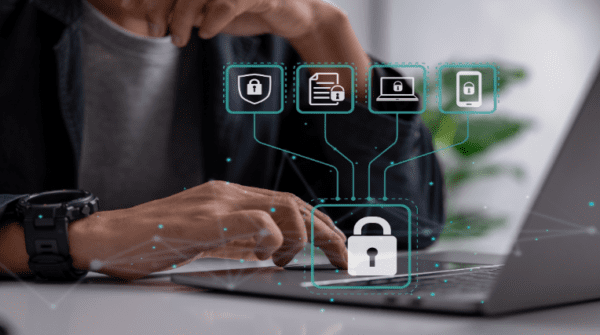SIEM is a powerful tool that strengthens your cybersecurity framework. It combines security information management (SIM) and event management (SEM) in a single system that helps reduce risks.
The technology monitors log data from your network devices, servers, and other security systems like firewalls and antivirus. It then analyzes these occurrences and identifies patterns indicative of potential threats.
Real-time Alerts
For the security team to identify and respond to threats effectively, they need a real-time bird’s eye view of what’s happening on the network. SIEM technology can provide this by monitoring and alerting in real-time, which allows for fast detection of malicious activity. So, what is SIEM? Which is pronounced “sim,” is a security management system that combines security event management (SEM) with security information management (SIM). SIEM technology gathers event log data from many sources, analyzes it in real-time to spot activity that differs from the usual, and then takes the necessary action.
SIEM tools collect data by deploying collection agents on end-user devices, servers, and network equipment. These agents can collect data via syslog forwarding, SNMP, or WMI. The SIEM platform then preprocesses the data, parses it, normalizes it, and categorizes it, enabling analysts to see patterns. Increasingly, SIEMs use AI techniques to detect anomalies, which helps the security team decide whether something is a security event worth investigating.
The ability to ingest and process huge volumes of security data is vital to detecting security events in the enterprise. Legacy SIEMs can struggle to manage this workload, and it’s not uncommon for a significant percentage of the data to be missed or ignored. Next-gen platforms leverage modern data lake technologies to ensure high scalability, low cost, and unlimited storage, which helps mitigate the impact of growing data volume.
Threat Detection
With more data moving to the cloud, from remote employees and devices to on-premises systems, SIEM solutions allow for transparency across various networks and infrastructures. This level of visibility eliminates blindspots and allows for quick and easy identification of threats.
Top-tier SIEM solutions gather and normalize data from various sources across the organization, providing a single view of all security events. Combined with robust rules and analytics, this event context allows for threat prioritization, flagging only high-risk alerts for analysis and offloading low-risk alerts to automated response tools.
SIEM systems also help to detect early warning signs indicating that an outside entity is involved in a targeted attack or long-term campaign against the organization. This event detection and forensics type is critical to strengthening cybersecurity, as it can reduce the time to identify a breach and respond to the threat.
A top-tier SIEM solution will provide a broad range of advanced analytics capabilities, including statistical analysis, descriptive and predictive data mining, analytics optimization, and simulation. These features can greatly improve the quality of alerts, reduce false positives, and prioritize high-risk events for analysis and response. In addition, incorporating threat intelligence can improve the accuracy of SIEM analysis and decrease the likelihood of security breaches and incidents.
Event Management
Keeping track of multiple cybersecurity threats can be challenging for any security team. The good SIEM system gathers all network and security data in one place, making it easy for security teams to see all possible attack paths and react quickly to prevent a breach. This can save organizations time and money, as well as damage to their reputation.
A typical SIEM tool gathers event log data from multiple sources. Across the enterprise—endpoints, servers, applications, data sources, and specialized security hardware like firewalls. This data is then logged, correlated, and analyzed in real-time to detect malicious activity and suspicious behavior. Some solutions can even integrate with third-party threat intelligence feeds to ensure that any internal events correlate against previously recognized threat signatures and profiles.
It’s important to remember that your SIEM tools can only be as effective as the information they use. Ensure that you’re giving your SIEM the correct data. You plan to extend its capabilities based on your business needs and security maturity.
Reporting
In addition to alerting you when there’s a threat, SIEM tools also provide context about those threats. For instance, they’ll show you where the threat came from (like a remote location) and what the attack looked like. This helps you respond quickly and effectively.
These systems can also use correlation rules to identify suspicious activity. For example, if someone logs in from a different location and then performs. A large file transfer that’s not normal, can flag the system for further investigation. Using model-based correlation can help you detect. Anomalous behavior and take action when needed, such as limiting access or shutting down the network.
Another tool that can be integrated into your SIEM is user and behavior analytics (UBA). UBA creates a profile of what’s normal for an individual or application. Then illuminates deviations from the norm that could mean a security breach. This can include things like failed logins or changes to a password.
Cyber threats are becoming more complex and sophisticated, so having the right cybersecurity defense system in place is important. With the right system, you can prevent reputational damage from being. Cause of malicious activities and avoid huge penalties from being impose by authorities. But it’s important to remember that even the best SIEM can only do so much. Ultimately, your cybersecurity setup needs qualified, trained professionals to oversee and manage it.
